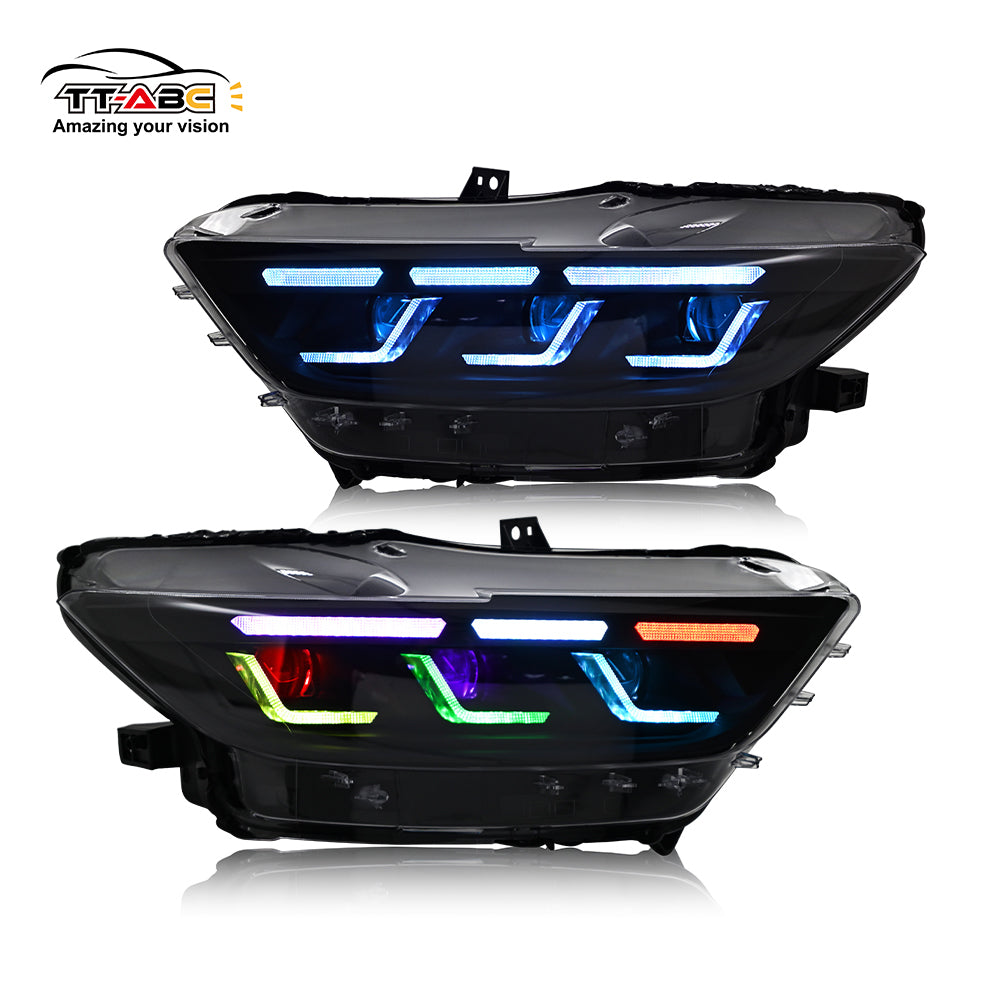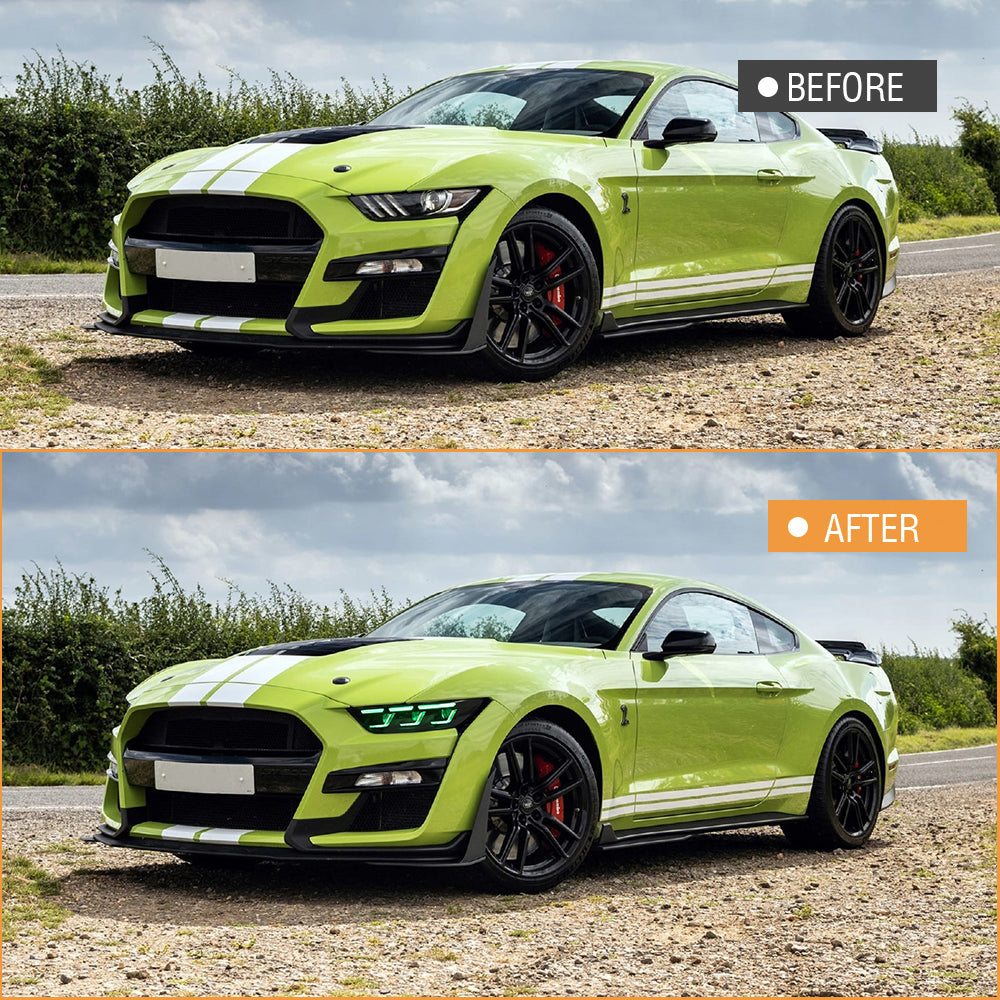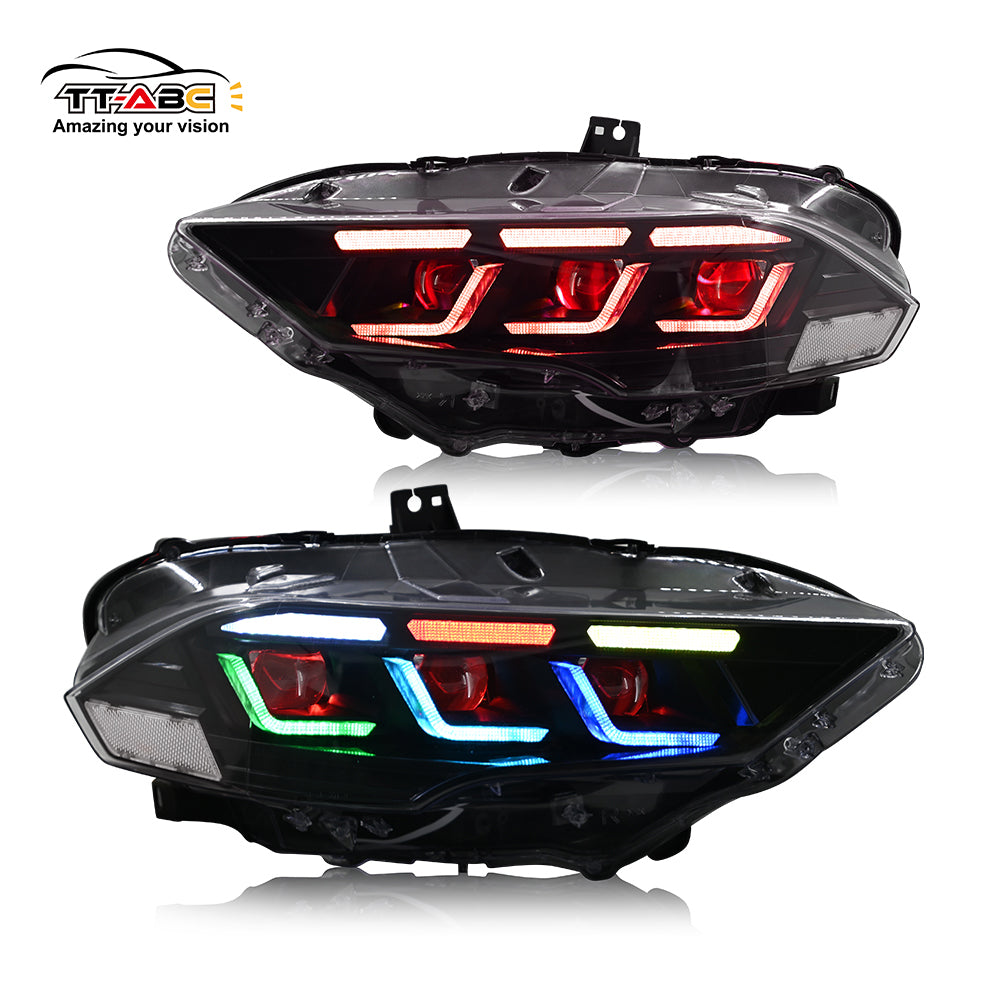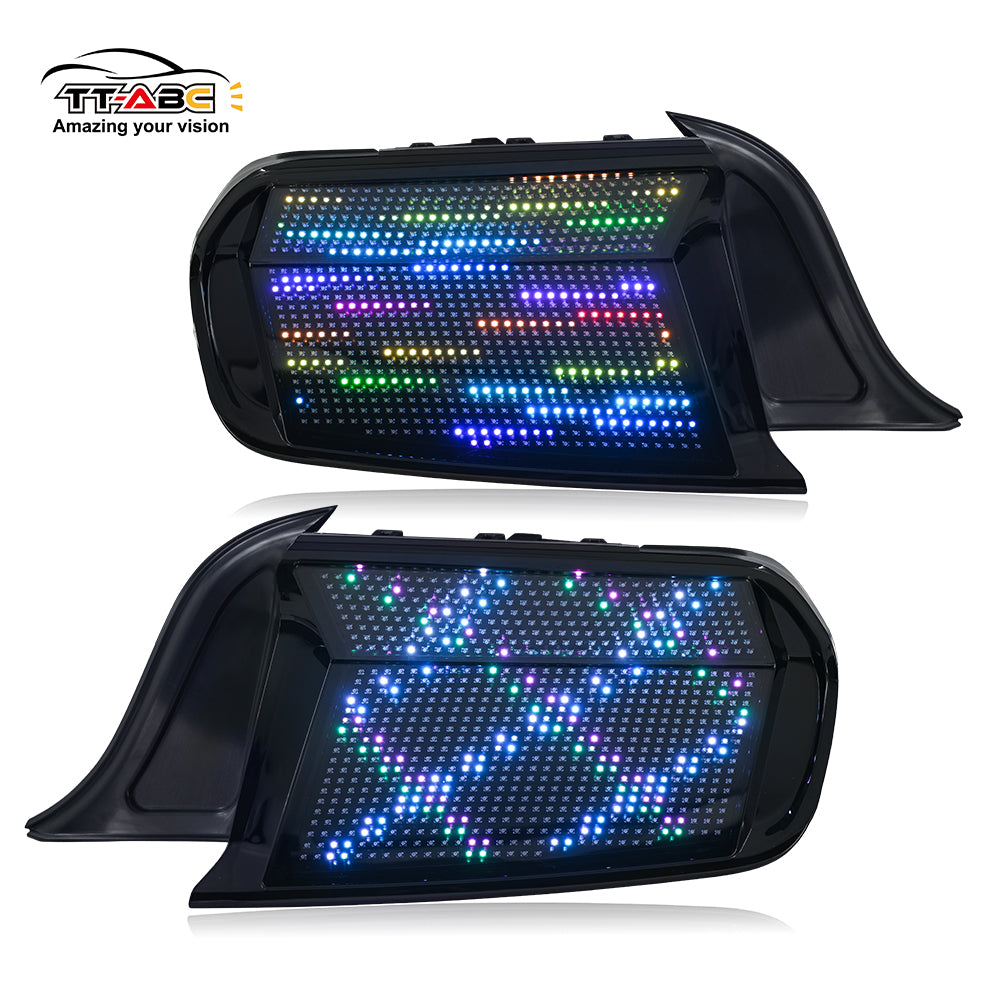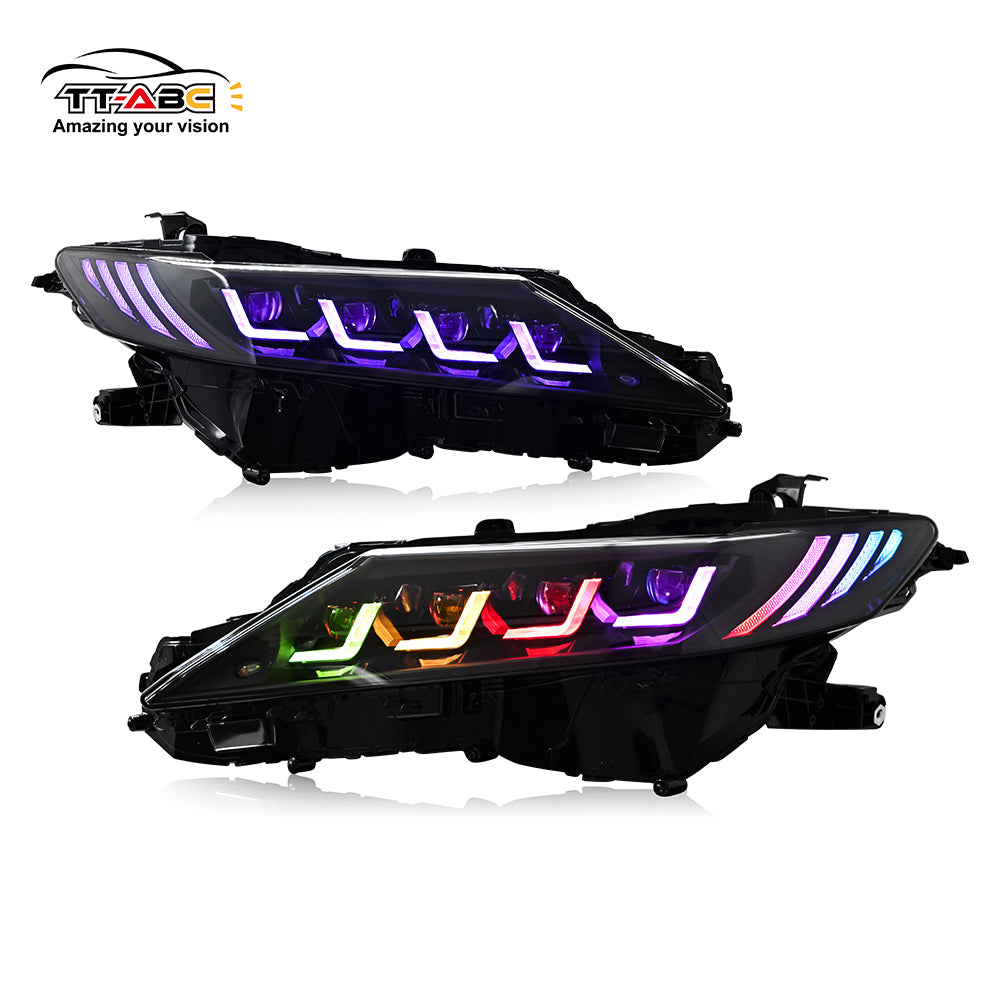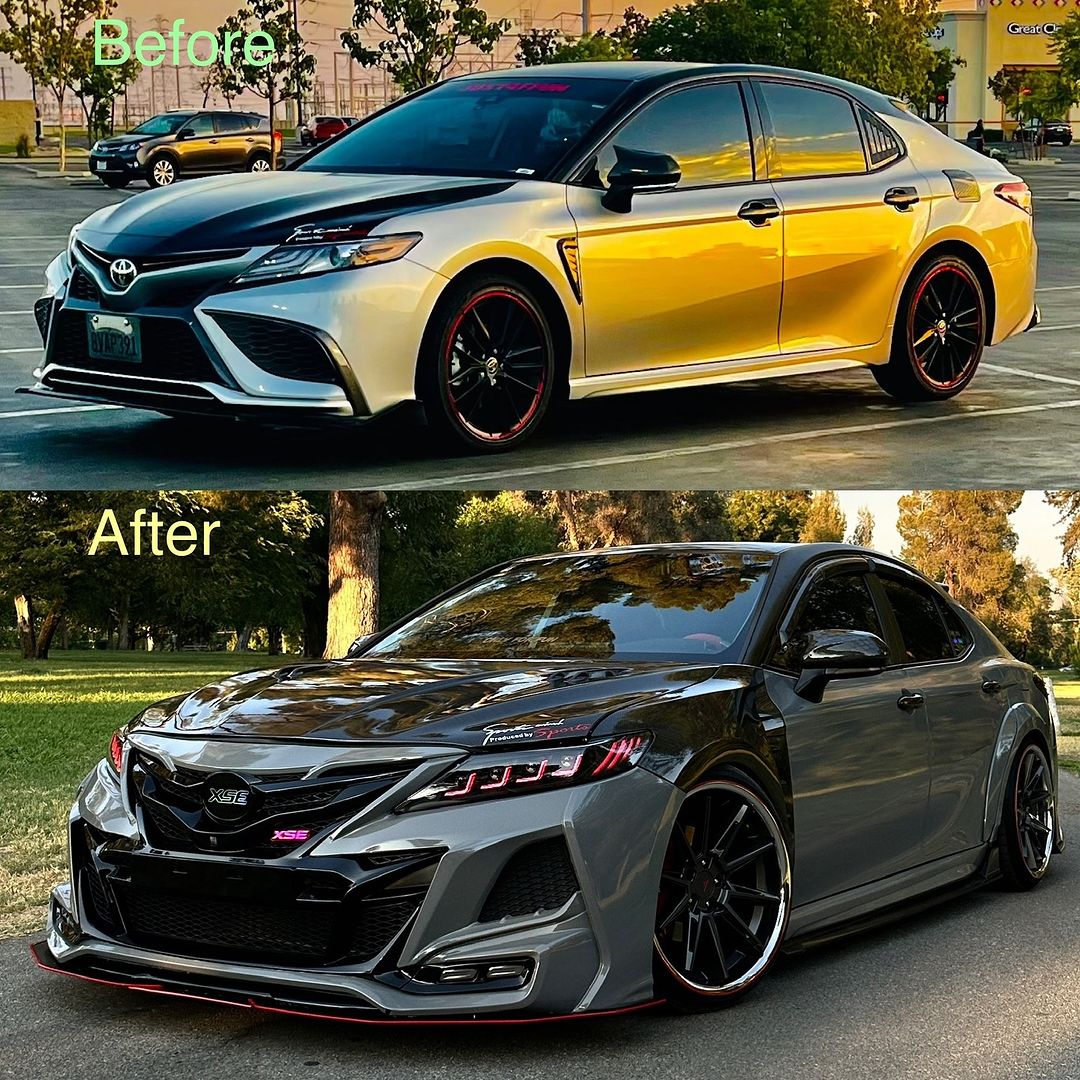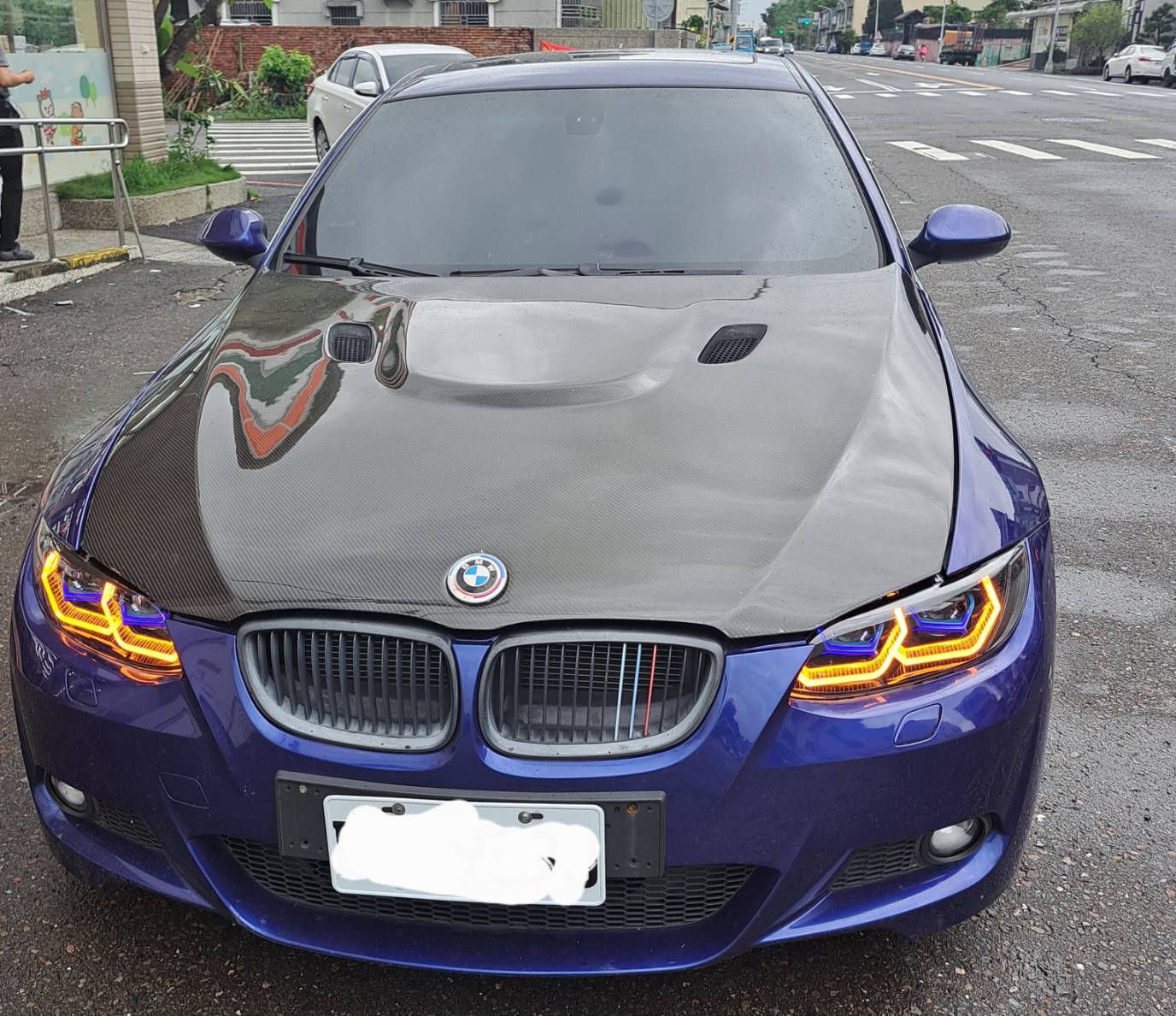Recently, Toyota officially launched a new generation of Camry model. As the ninth generation of the Camry family, the new car has also followed the trend and fully entered the hybrid era. The first generation of Toyota Camry was released in 1982. The name "Camry" comes from the Japanese word Kanmuri, which means "crown", continues the naming tradition of Crown, just like a small Crown. However, with the decline of the market share of "Big Crown", the heavy responsibility of Toyota's executive class sedan has fallen to Camry, so the new generation still has Can it maintain its current market position? What are the changes? Let’s take a closer look below.
Chassis suspension
The new generation of Camry still uses the old TNGA-K architecture, while adding some new lightweight designs to balance the increased weight of the hybrid system. It reduces weight by installing an aluminum hood, and new manufacturing technology makes the body panels Thinner while maintaining a certain degree of rigidity, including the roof, hood, trunk lid, front and rear doors, and front fenders.

Laser screw welding (LSW) is used at key joints throughout the body-in-white to increase joint rigidity. Special high-rigidity polyurethane adhesive is used at the contact points between the windshield, rear window and the body to improve body rigidity. The reinforced body includes additional gussets on the front door, rear door frames, and B-pillars to increase joint strength.

In order to make young people like this car, Toyota made the Camry's handling more sporty and installed a closed cross-section structure on the top of the front suspension tower to increase steering flexibility. The rear uses a ring-shaped rear body frame and is connected to additional brackets added to the rear suspension, which can withstand higher levels of lateral forces and reduce roll when cornering at high speeds.

To reduce noise, new sound-deadening material is used on the hood and upper and lower fender dividers. More foam is used throughout the vehicle, and a thicker dash muffler pad is used in the front firewall section to further isolate the passenger compartment from the engine bay.

Although the suspension part retains the old MacPherson strut at the front and E-shaped multi-link structure at the rear, Toyota has added a sports version and specially tuned the suspension for this car to increase lateral support and improve the confidence of driving on mountain roads. Users can choose between standard and sport versions.

The practicality of the 2025 Toyota Camry
First driver
All new Camry models adopt the fifth-generation hybrid system, which is available in front-wheel drive and four-wheel drive versions. The front-wheel drive version is composed of a 2.5L self-priming four-cylinder engine and electric motor with a combined power of 225 horsepower. The four-wheel drive version uses the same system. , but an additional motor is added to the rear axle to form an electric four-wheel drive. The combined power of the four-wheel drive version is 232 horsepower.

The four-wheel drive system is not as powerful as most domestic cars of the same price today, and can only be used for emergencies, such as when encountering slippery roads or icy and snowy conditions. It is similar to timely four-wheel drive, providing additional traction when necessary to increase driving stability.

Second ride
The interior styling of the new Camry is close to the Lexus style of a few years ago. The entry version is equipped with a 7-inch digital instrument and an 8-inch central control screen. The high-end version is equipped with a 12.3-inch digital instrument and a 12.3-inch central control screen. The entire series comes standard with Apple CarPlay and wireless mobile phones. Charging board and OTA upgrade.

Compared with the old model, the new generation has improved seat comfort. Toyota engineers achieved their goals by changing the shape and density of the seat cushions and increasing their length. The head restraints have also been softened and moved rearward, and higher trims have front seat heating and ventilation functions.

Third security
The new generation Toyota Camry comes standard with Toyota Safety Sense 3.0 (TSS 3.0) system and L2 level active driving assistance. The safety package includes a pre-collision system with pedestrian detection function, full-speed adaptive cruise, lane departure warning with steering assist, lane departure warning, and lane departure warning. For maintenance assistance, road traffic sign recognition, etc., the new car also has fully automatic high beams. When the driving speed exceeds 35km/h at night, the automatic high beams are turned on, detecting the headlights of the oncoming vehicle and the taillights of the vehicle in front, and correspondingly detect the headlights of the vehicle in front. Automatically switches between full beam and dipped beam.














